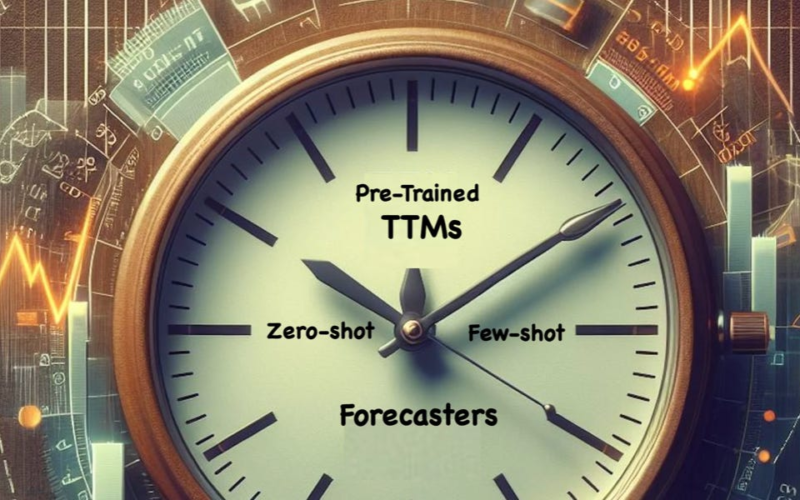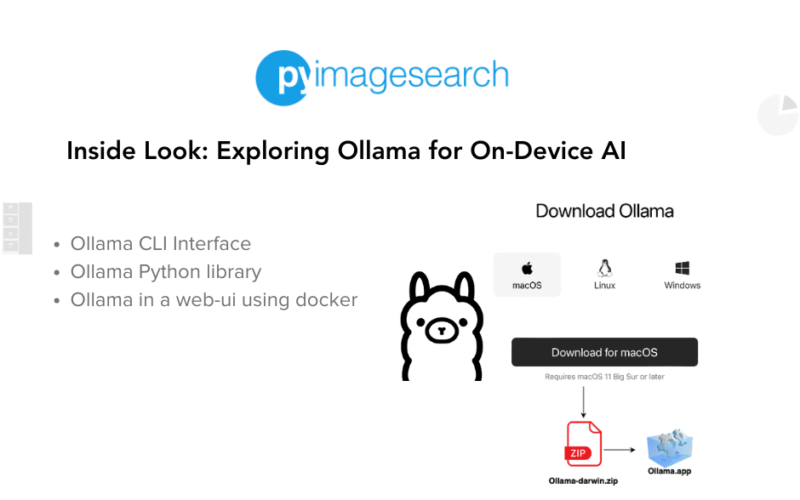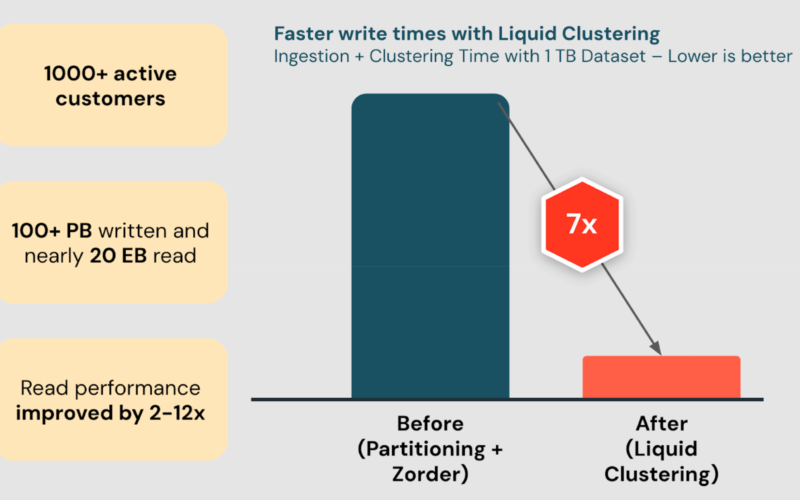23
May
Back in the mid-2010s, the world of autonomous vehicles was making great progress, and it seemed that we would soon be ushered around in cars that drove themselves, leaving us free to spend our time how we wanted. That obviously hasn’t happened, but instead, we’ve been treated to a form of AI we weren’t expecting: generative AI-powered copilots. Following the launch of ChatGPT in late 2022, the world of generative AI has been on a tear. Every company seems to be investing in large language models (LLMs) to build one of the two most visible forms of GenAI: chatbots and…








